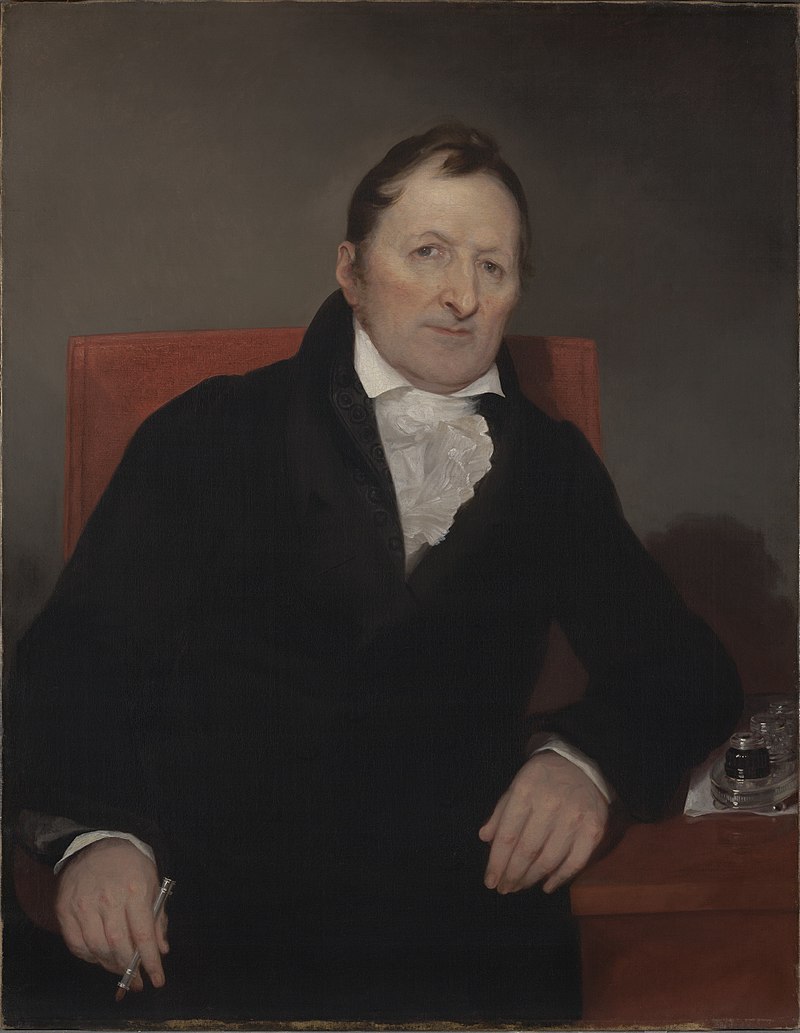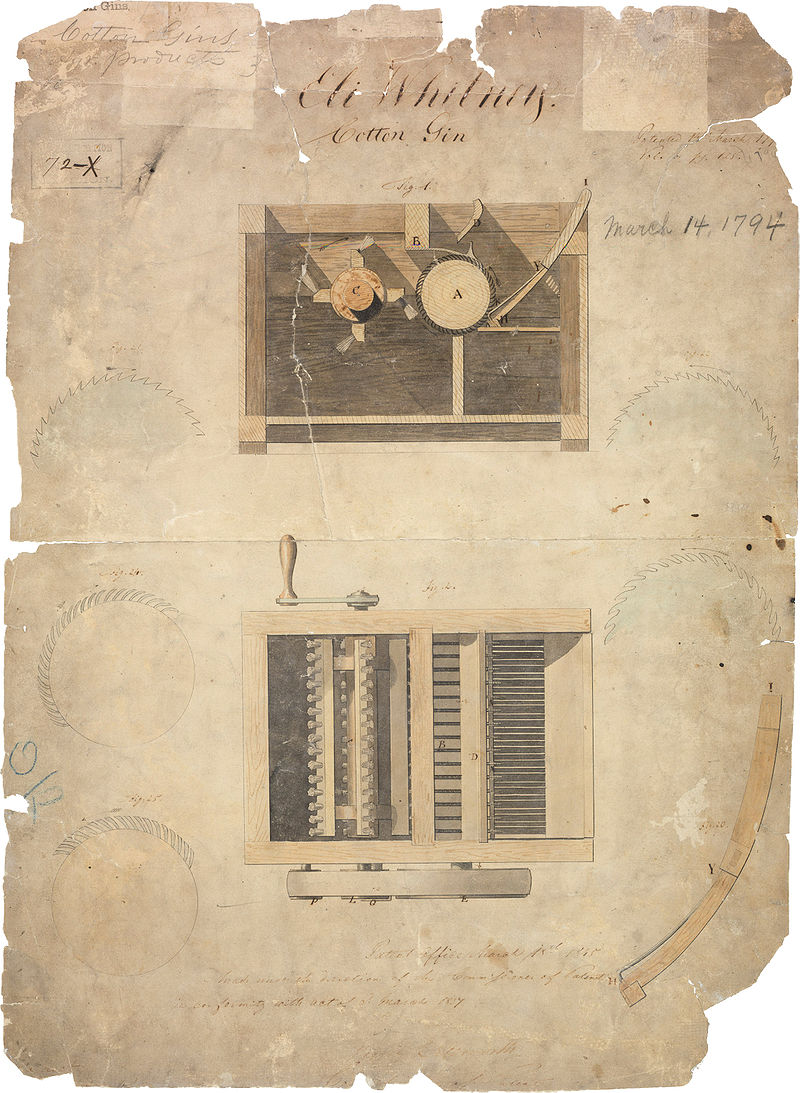Westward Expansion
The Louisiana Purchase of 1803 opened the Mississippi River Valley to agricultural development. However, millions of acres of land in this area, as well as the southeast, legally belonged to Native Americans. In order to remove Indigenous people from their ancestral lands, President Andrew Jackson signed the Indian Removal Act of 1830. At least 50,000 Native Americans were forcefully moved to lands west of the Mississippi, River. This forced removal, that killed thousands of men, women and children, is known as the “Trail of Tears.” Following their removal, massive numbers of enslaved people and planters from Virginia, Maryland, the Carolinas, Kentucky and Tennessee moved onto this land to produce cotton.
As slave owners benefited from the success of cotton, the lives of the enslaved people they owned were often made even more challenging. Tobacco farmers who now found their crop in less demand were able to sell their enslaved property to cotton plantation owners for higher prices. Cotton farmers, who may have considered freeing their enslaved property, found them too valuable to lose. Northern slave owners, who lived in states that were gradually abolishing slavery, chose to sell them south for a profit, rather than lose money from their legal emancipation. Even the lives of free African Americans in the North were made more precarious as they faced the risk of being kidnapped and sold to Southern plantation owners with few repercussions.
Impact on Enslavement
In 1790 there were six slave states in the U.S. By 1860, the number of slave states grew to 15 and more than one third of the U.S. Southern population were enslaved. During this time period, the enslaved population grew from roughly 790,000 to 4,000,000, and annual cotton production grew from around 2,000 bales to 4,800,000 bales. Approximately one million enslaved people were sold from northern states and the upper south to the lower south to meet the demand for producing cotton. This process became known as the internal slave trade. The internal slave trade became the largest forced migration in American history, and led to the destruction of numerous families.
Conclusion
It is impossible to remember Eli Whitney’s invention of the cotton gin without also recognizing his contribution to antebellum slavery in the United States. His legacy therefore, will always be tarnished with his impact on slavery.
However, it is important to note that Whitney also figured out how to manufacture muskets by using a machine method, making the parts interchangeable. This technique also proved to be revolutionary, allowing for the mass production of muskets beginning in 1798.
The National Archives says it best, “If [Whitney’s] genius led King Cotton to triumph in the South, it also created the technology with which the North won the Civil War.”
Recommended reading:
- In Search of the Promised Land: A Slave Family in the Old South, by John Hope Franklin
- The Half Has Never Been Told: Slavery and the Making of American Capitalism, by Edward E. Baptist


